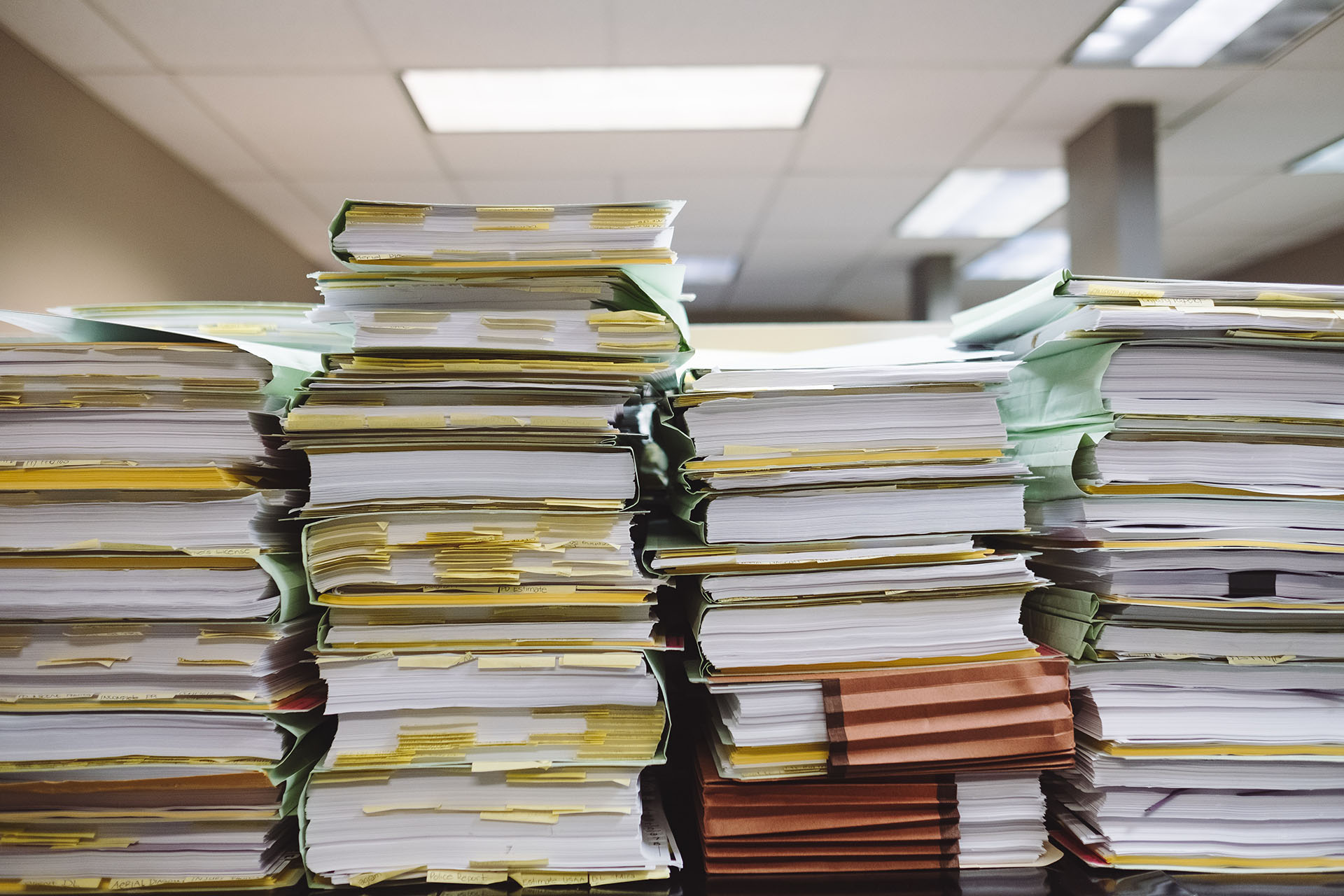Is a paperless office achievable?
Q: Can a paperless office truly be achieved?
A: Many Australian businesses have successfully transitioned to a paperless office.
If we examine the quantity of letters sent by Australian Post to local companies, a significant 90 percent of these businesses receive a small number of envelopes each day, primarily for accounts payable, event marketing, or subscriptions. The volume of physical mail is minimal.
The remaining 10 percent of organisations still heavily rely on paper, and they could greatly benefit from adopting a paper-reduced or paperless approach.
The objective is to electronically process information from images rather than passing around physical paper within the organisation.
Thus, correspondence, transactions, or documents are no longer sent to individuals’ desks for manual transcription. Instead, the organisation scans these physical documents, either within a mail room setting or through a bureau service like Microsystems. The subsequent electronic processing occurs in an incredibly efficient, workflow-oriented manner.
This strategy offers enhanced security, efficiency, and the capability for thorough auditing. Every transaction is traceable through audit controls and workstation logins.
The company effectively manages disaster recovery with this approach. Additionally, the need for expanded physical office space as the organization grows is minimised since physical records no longer occupy valuable room.
While physical documents might be retained for a short period—say, 30 or 60 days—for quality assurance, electronic records serve as the comprehensive and enduring document archive.
Q: Where should they begin to transition away from paper-based processes?
A: Well-established businesses often accumulate substantial archives of historical records, stored as physical documents on shelves or in cabinets. The most straightforward approach in such cases involves conducting an essential records assessment and gradually scanning these records over time, taking into account factors like cash flow considerations.
The journey towards a paperless office is a dynamic process that aligns with the ever-evolving landscape of technology and organisational needs. While a substantial percentage of Australian businesses have already reaped the benefits of reducing paper dependency, there remains a clear path for those looking to make the transition. Embracing electronic processes not only streamlines operations, enhances security, and fosters auditability but also opens up avenues for sustainable growth and adaptability.








